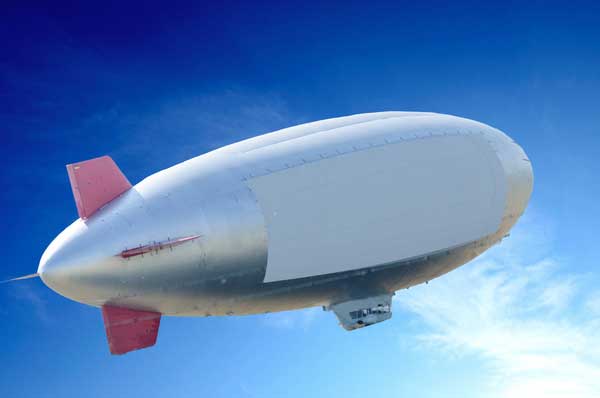Airships have always captivated our imagination, symbolizing an era of romance and wonder in aviation history. These majestic giants of the sky have reemerged from the annals of history, driven by newfound technology and a commitment to environmental sustainability. In this article, we’ll delve into the resurgence of airships, exploring their potential to revolutionize aviation by reducing emissions and addressing transportation challenges. From passenger travel to cargo transport, we’ll uncover the exciting possibilities and the obstacles that must be overcome.

The Resurrection of Airships: A Prelude to a New Era
Airships, with their ethereal presence, have long been the hallmark of alternate realities in cinema and literature. In recent times, they have not only recaptured our fascination but are poised to address one of aerospace’s most elusive challenges: reducing emissions. Unlike traditional airliners burning copious amounts of fuel to stay aloft, airships leverage free lift, courtesy of helium.
Charting the Course: Overcoming a Century of Failure
While airships once epitomized luxury travel and ferried passengers across the Atlantic, they have dwindled to a mere novelty today. However, a few pioneering companies worldwide are determined to rewrite this narrative. One such standout is the Airlander 10, affectionately known as “The Flying Buttocks.” It harnesses helium and offers a greener alternative for air travel.
A Hybrid Approach: The Science Behind the Flight
Airlander 10 is a hybrid airship, relying on both conventional airship design and aerodynamic attributes. Its secret weapon is helium, a non-flammable gas providing the all-important free lift. Yet, to ensure versatility and ease of loading and unloading, the airship generates aerodynamic lift, allowing it to operate from any flat surface, be it grass, water, or ice.
Eco-Conscious Travel: A Journey Beyond Borders
The Airlander 10 promises to reshape travel as we know it, offering high-speed point-to-point journeys that bypass the constraints of traditional airports. For example, a journey from the UK to Ireland becomes a seamless experience, reducing carbon footprints while delivering convenience.
Beyond Luxury: The Cargo Revolution Awaits
Airships are not limited to passenger travel; they hold the potential to revolutionize cargo transport. Enter the LTA60T, an airship designed to carry up to 60 tons of cargo. This ambitious project by “Flying Whales” aims to address challenges in remote regions where traditional infrastructure is lacking.
Navigating Challenges: Weight Exchange and Weather
Airships face technical challenges, including weight exchange when releasing cargo and vulnerability to adverse weather conditions. Innovative solutions, such as dynamically adjusting helium compression and propeller-based control systems, are under development to overcome these hurdles.
A Green Alternative Takes Flight
While airships may remain niche players in the aviation industry, their potential to fill specific gaps in transport markets, reduce emissions, and serve remote regions cannot be understated. With ongoing development and regulatory approval, these eco-conscious giants could redefine how we think about travel and logistics.
Conclusion
The resurgence of airships, once considered relics of the past, is a testament to human ingenuity and our commitment to a greener future. From eco-conscious passenger travel to cargo transport in remote regions, airships are redefining their role in the aviation landscape. While challenges persist, the potential benefits of reduced emissions and expanded transportation options make airships an exciting prospect for the future of sustainable aviation.
